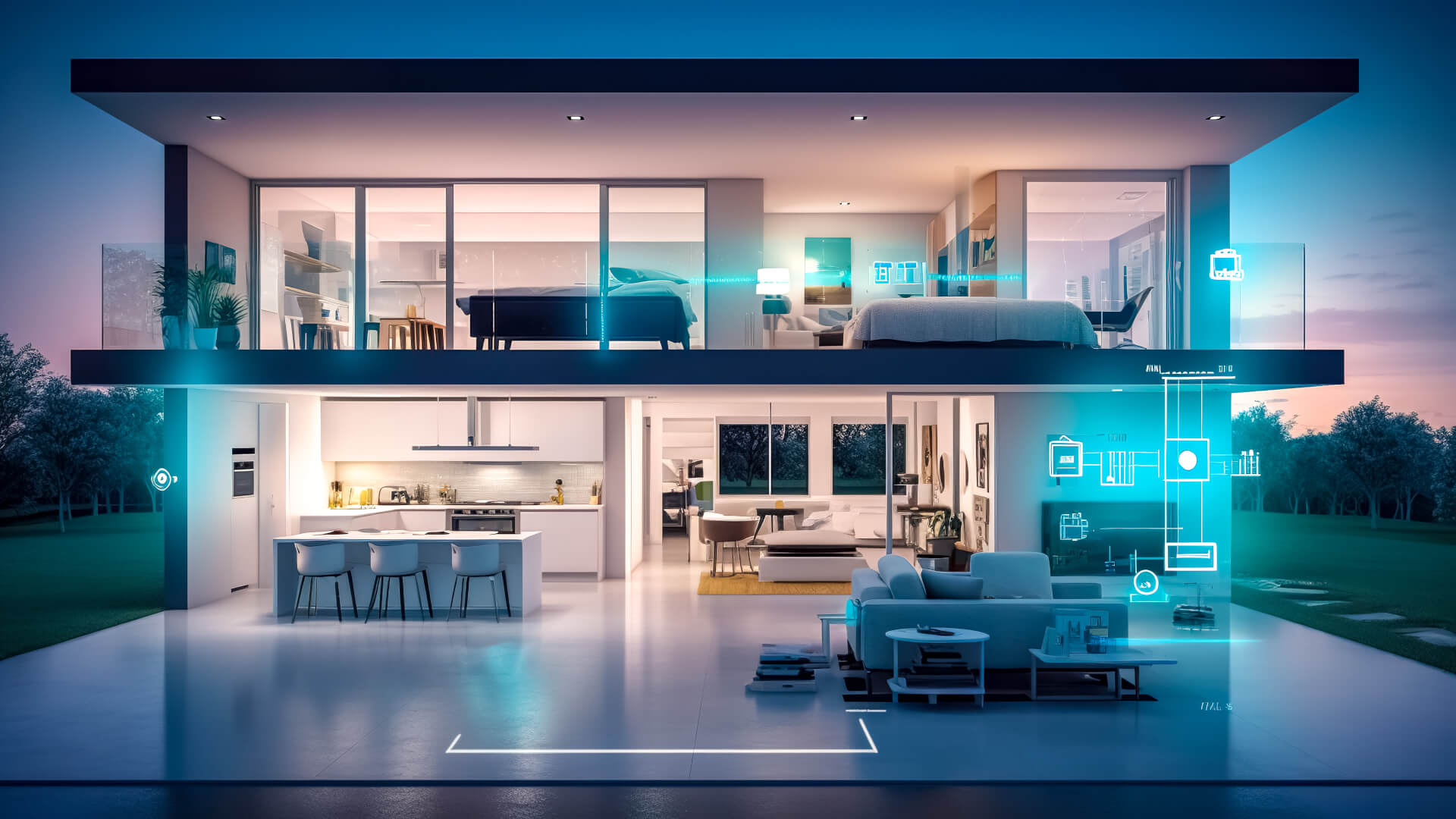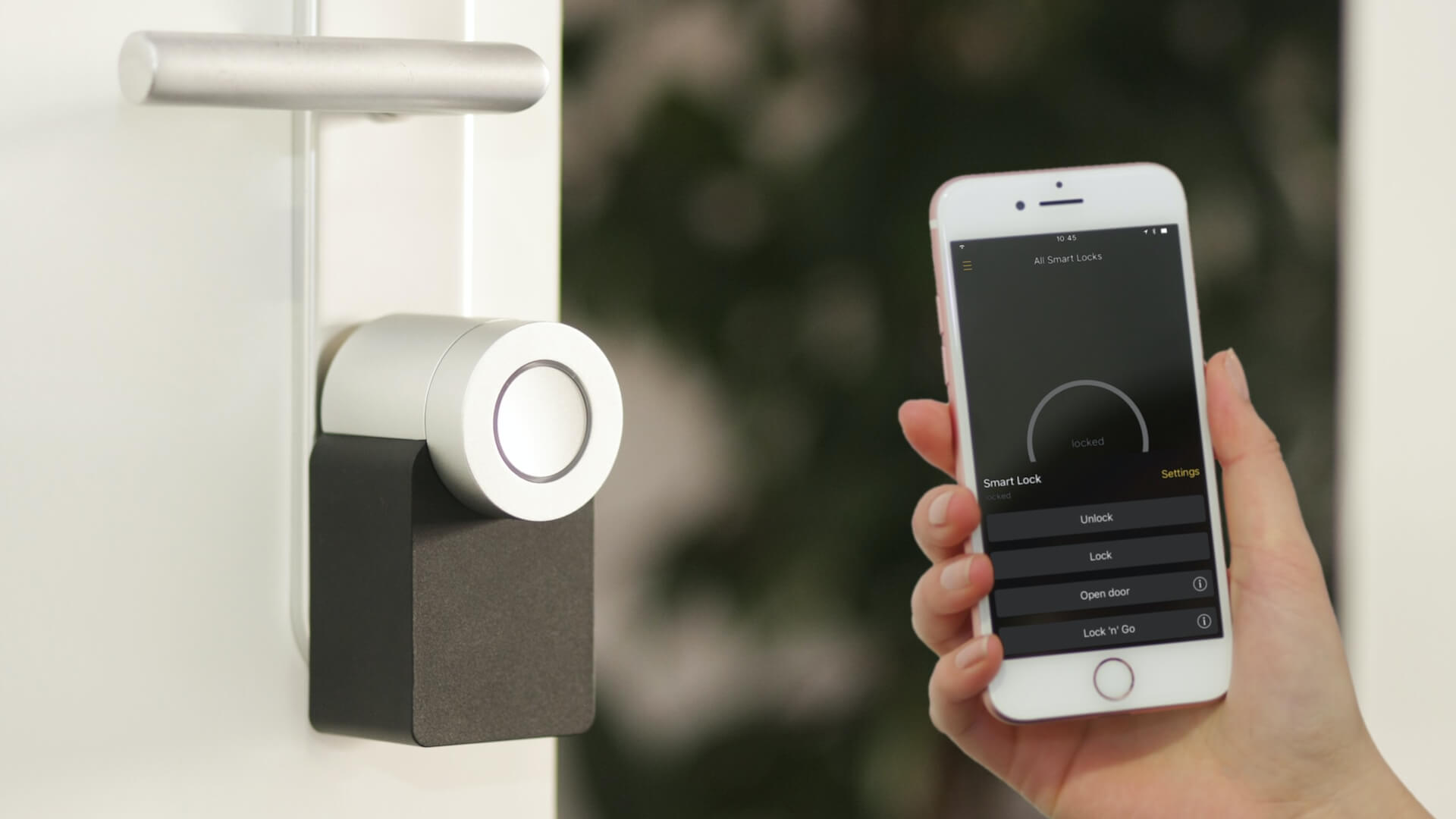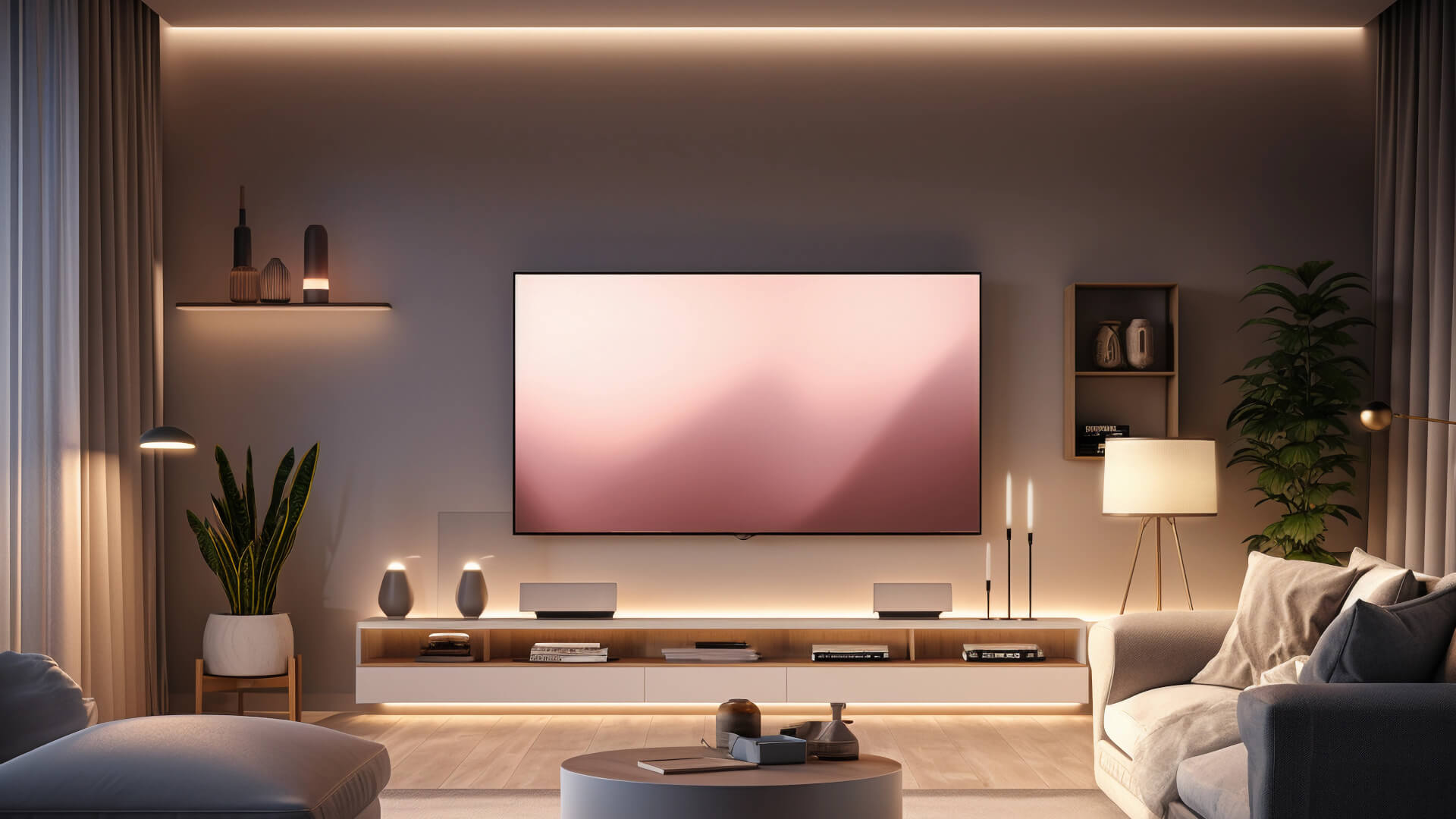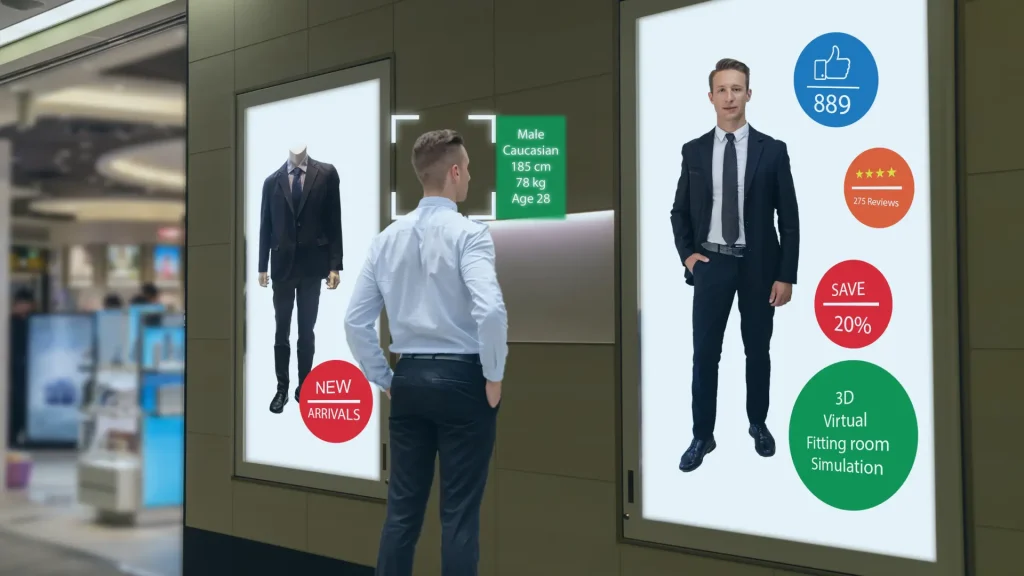Voice-controlled assistants have become an integral part of our living space. The benefits of Alexa, Google Assistant and co.
The two main players in this field are undoubtedly Amazon’s Alexa and Google Assistant, but there are also other interesting players such as Apple’s Siri and Samsung’s Bixby.
Comfort and convenience
It’s hard to overlook how much voice-controlled assistants make our everyday lives easier. The ability to control the light, adjust the room temperature or call up information with simple voice commands is a paradigm shift in terms of home comfort. It significantly reduces manual effort and gives us more freedom to concentrate on other important tasks.
Interoperability and integration
The ability of Alexa, Google Assistant and co. to integrate seamlessly with a wide range of smart home devices from different brands is a key benefit.
These assistants serve as central control platforms that allow users to connect their favorite devices and operate them easily via voice commands.
Increasing interoperability creates a more open ecosystem and gives consumers the freedom to choose the devices that best suit their needs.
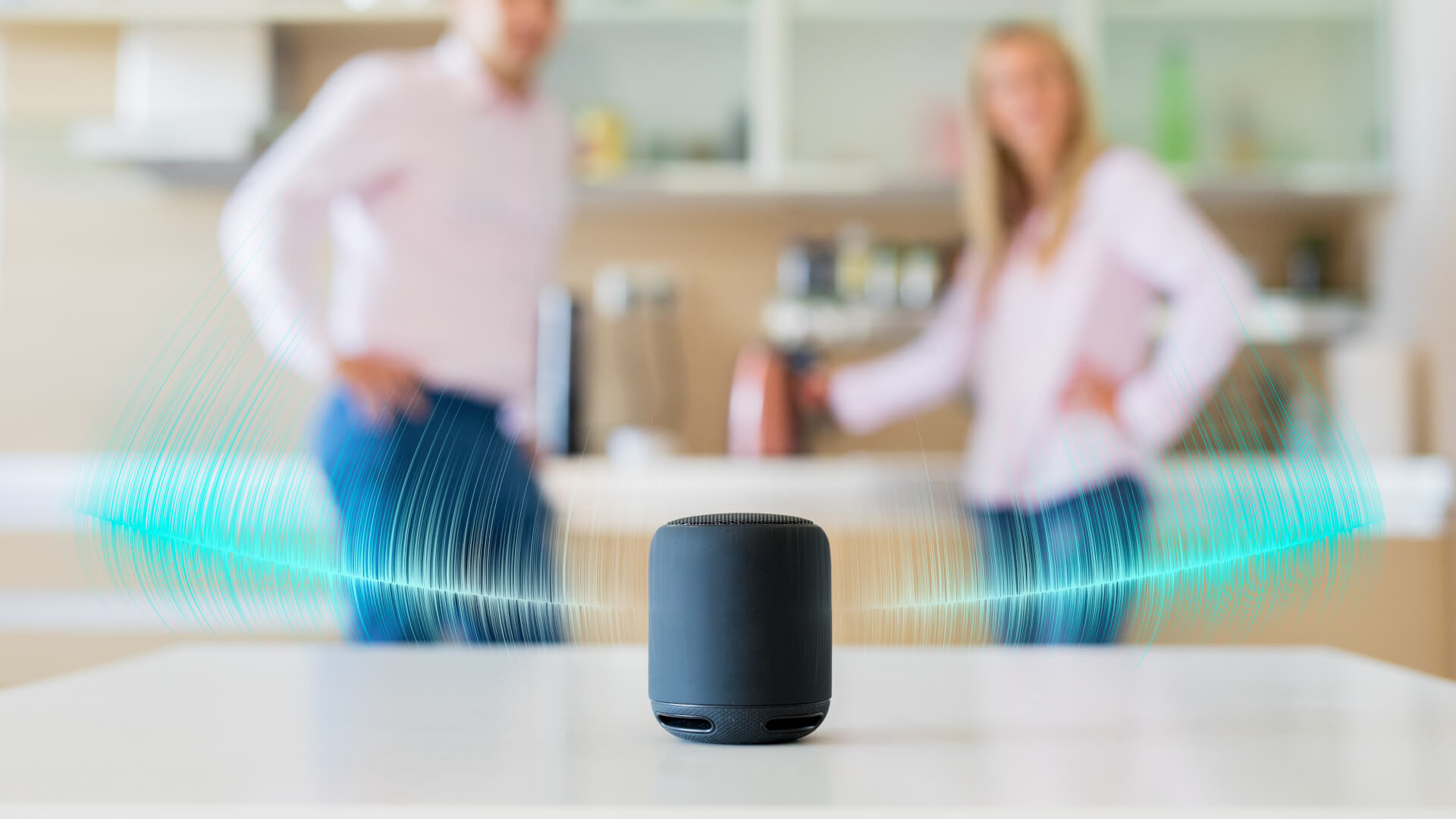
The progress of voice control
The journey from the early days of simple voice recognition to today’s advanced voice assistants such as Alexa and Google Assistant has been characterized by groundbreaking advances in artificial intelligence (AI) and machine learning. These assistants not only understand commands, but also context, making their applications in the smart home even more diverse.
Continuous further development and functional diversity
The ongoing development of Alexa, Google Assistant and other voice-controlled assistants is constantly producing new functions and skills.
From managing daily routines and reading out messages to assisting with cooking recipes – the range of possible applications is becoming ever broader. The integration of AI and machine learning helps these assistants to adapt to the individual preferences of their users and offer them a personalized experience.
Extended application areas
The areas of application for voice-controlled assistants have expanded exponentially. In addition to basic tasks such as light control and appointment reminders, they are now able to handle complex tasks, from managing shopping lists to integrating third-party applications for a comprehensive smart home experience.
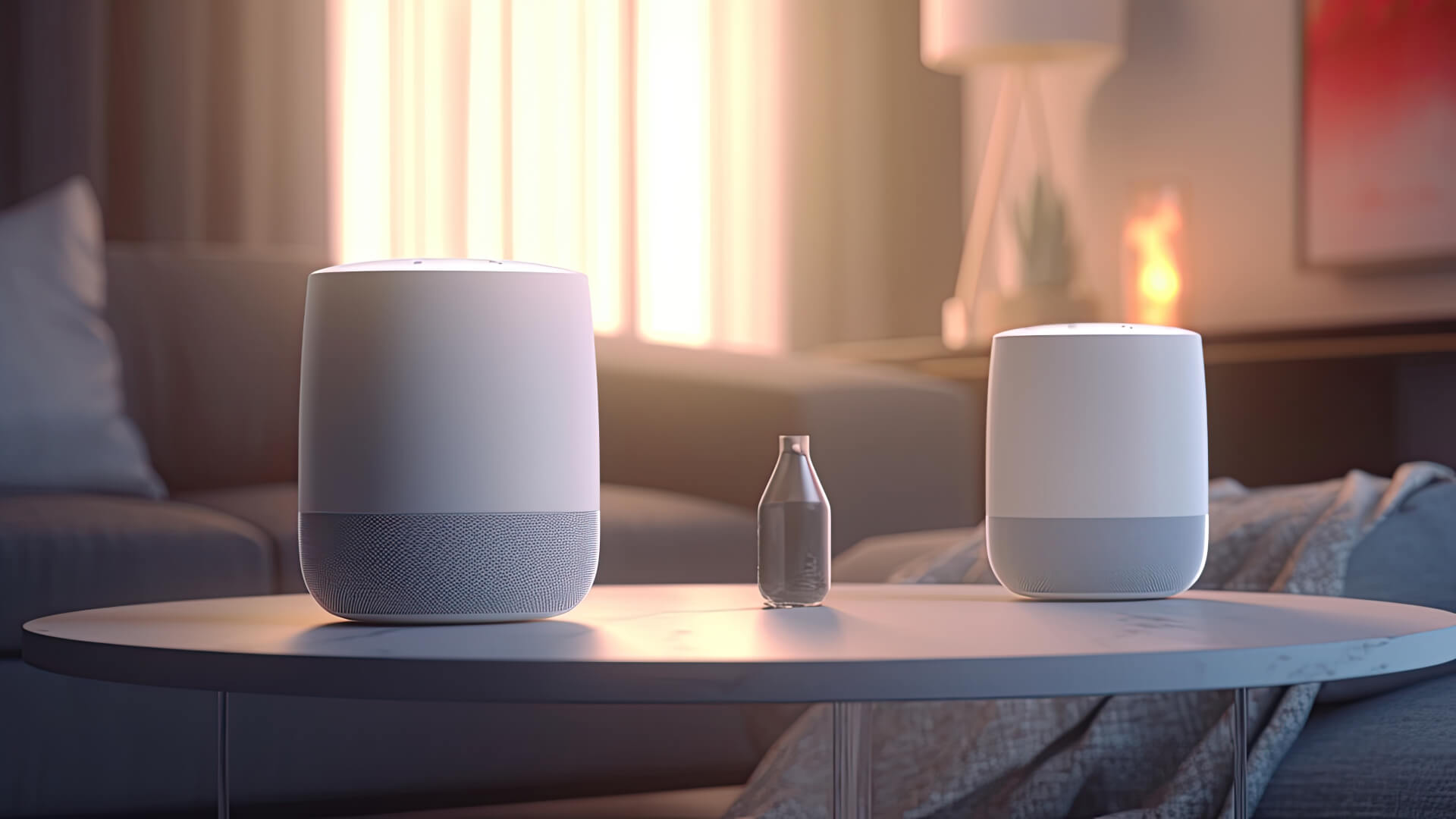
Data protection and security
The aspect of data protection and security is of great importance. The use of voice-controlled assistants raises privacy issues, as these assistants collect data to improve the user experience.
It is important that providers offer transparency with regard to data collection and use and implement mechanisms to safeguard privacy.
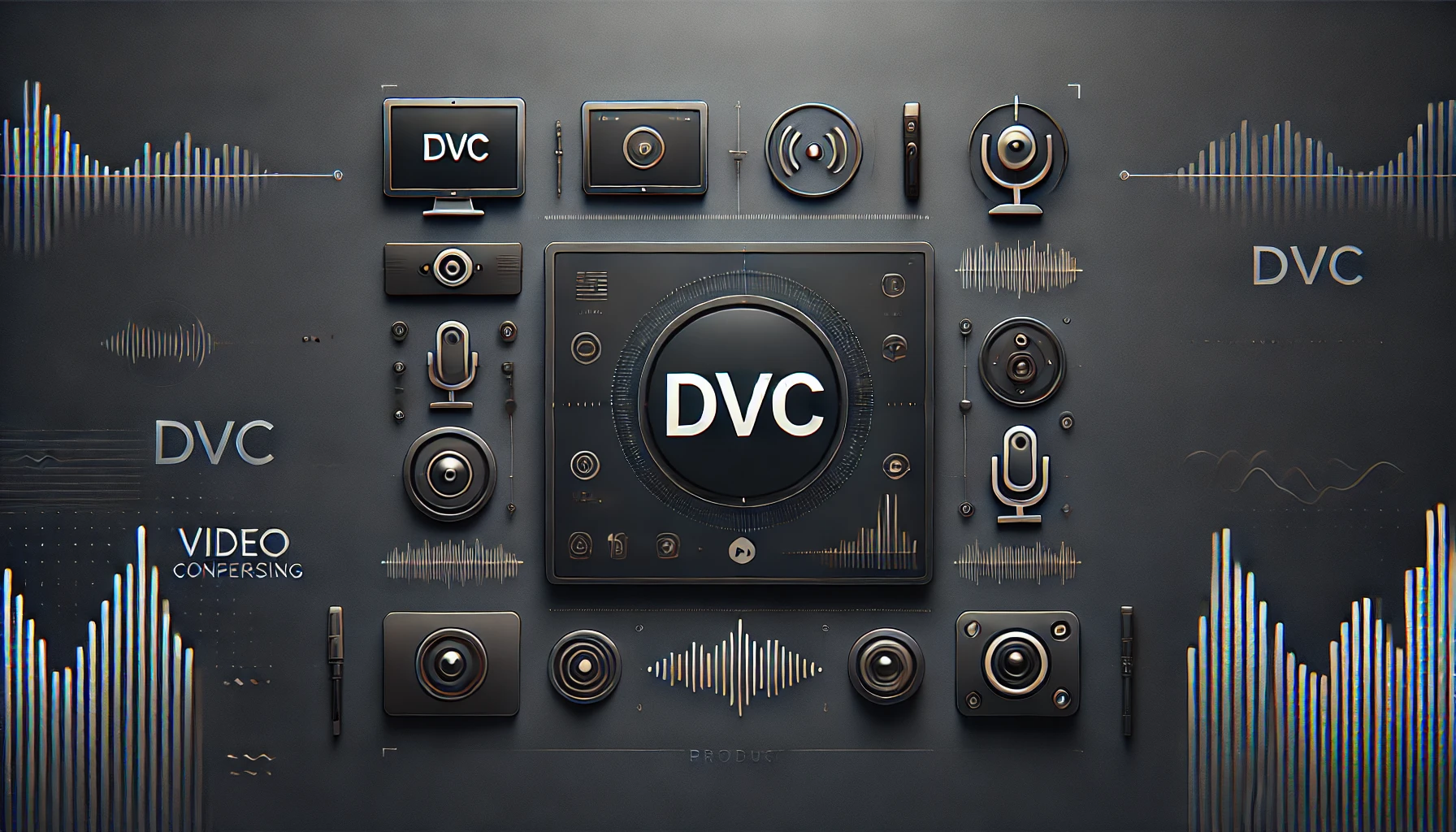
Simplicity and accessibility
An often overlooked benefit of voice-controlled assistants is their ability to make the technology accessible to a wider population.
For people with limited mobility or visual impairments, voice commands can be a revolutionary way to control their environment and access information.
Individuality and customization
An important advantage of these assistants is their ability to individualize. Through continuous learning, Alexa, Google Assistant and their colleagues adapt to the user’s preferences and habits. This enables personalized interaction and optimized recommendations to meet the needs of each household.
Intelligent automation and links
The ability to seamlessly integrate different Smart Home devices turns voice-controlled assistants into a central control unit. Setting up automations and links between different devices becomes easier, resulting in a more efficient and smarter home.
Challenges and future prospects
Despite all the progress, there are also challenges, particularly in terms of data protection and security. It is crucial that developers and manufacturers continue to work to address these concerns and find solutions to increase consumer confidence.
// Conclusion:
Overall, voice-controlled assistants in the Smart Home offer an exciting prospect for the future of technology integration in our living spaces.
Their convenience, interoperability, constant further development and potential for greater accessibility make them a fascinating part of modern living.




